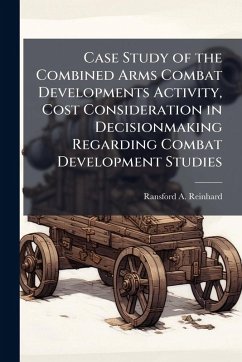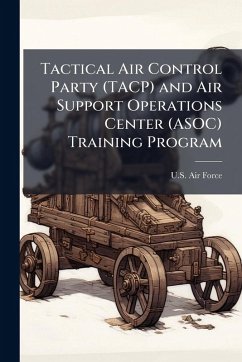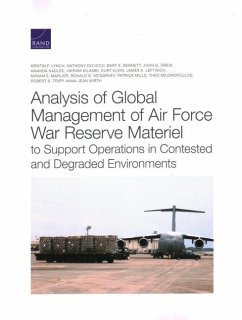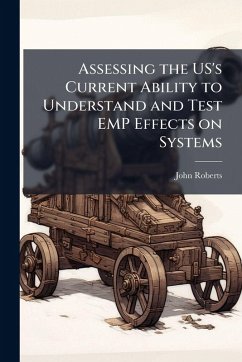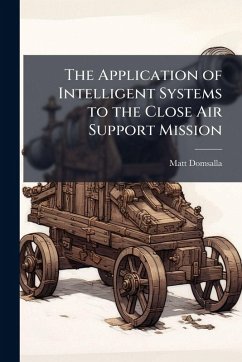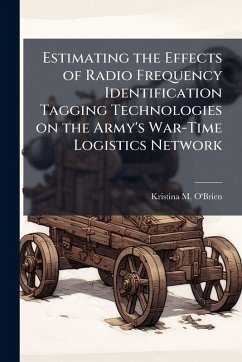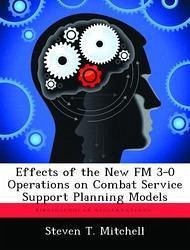
Effects of the New FM 3-0 Operations on Combat Service Support Planning Models
Versandkostenfrei!
Versandfertig in über 4 Wochen
15,99 €
inkl. MwSt.

PAYBACK Punkte
8 °P sammeln!
A gap exists between how logistics planners and operational planners see the military environment. This leads to asynchronous planning and flawed solutions. The central theme necessary to merge these two worlds is the common operational picture. By understanding the nature of the problem, efforts can be mutually applied to strengthen the impact of the solution while adequately protecting friendly vulnerabilities from threat influence. This common operational picture rarely forms without a common frame of reference. Nested doctrine tempered by operational art provides the foundation of that fra...
A gap exists between how logistics planners and operational planners see the military environment. This leads to asynchronous planning and flawed solutions. The central theme necessary to merge these two worlds is the common operational picture. By understanding the nature of the problem, efforts can be mutually applied to strengthen the impact of the solution while adequately protecting friendly vulnerabilities from threat influence. This common operational picture rarely forms without a common frame of reference. Nested doctrine tempered by operational art provides the foundation of that framework as it synchronizes planning models and illuminates the critical relationships between them prior to force application. The operational planner depends on clear, comprehensive doctrine to guide and inform the planning process. Shared understanding essential to collective staff work requires a common doctrinal base that is useful, relevant and nested with parent doctrine. Army CSS doctrine must parallel maturation of joint operations doctrine for the logistical focus to remain sharp. The perspectives from which operations and logistics planners respectively view military problems are fundamentally different, yet they have similarities and a mutual purpose. The purpose of logistics is to enable operations. The purpose of operations is to gain the advantage relative to the threat. Both focus on defeating the threat. Neither of these efforts can be successful without the other. In abstract terms both perspectives must merge to highlight relationships necessary to defeat the threat while perpetuating friendly strengths. This holistic approach to problem solving relies more on synthesis of comprehensive doctrine than on branch specific analysis. No single battlefield operating function (BOF) can expect to be successful alone. Nor can the sum of all functions achieve success operating in a stovepipe-like manner. Shared situational awareness is essential to combining individual This work has been selected by scholars as being culturally important, and is part of the knowledge base of civilization as we know it. This work was reproduced from the original artifact, and remains as true to the original work as possible. Therefore, you will see the original copyright references, library stamps (as most of these works have been housed in our most important libraries around the world), and other notations in the work. This work is in the public domain in the United States of America, and possibly other nations. Within the United States, you may freely copy and distribute this work, as no entity (individual or corporate) has a copyright on the body of the work. As a reproduction of a historical artifact, this work may contain missing or blurred pages, poor pictures, errant marks, etc. Scholars believe, and we concur, that this work is important enough to be preserved, reproduced, and made generally available to the public. We appreciate your support of the preservation process, and thank you for being an important part of keeping this knowledge alive and relevant.





